Facebook History: 10 Defining Moments
From Facebook's Harvard beginnings to its billion-user mark, we look back at the decisions and milestones that shaped the social network.
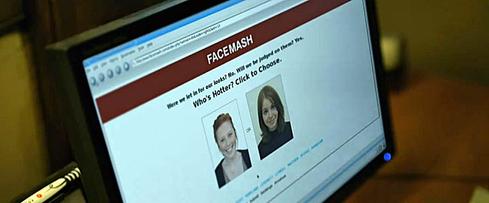
In 2004, George W. Bush was reelected to office, Britney Spears was married (twice), and a 19-year-old Harvard University sophomore launched a website from his dorm that would change the way we communicate.
Ten years ago, Mark Zuckerberg called it "Thefacebook." Today, it's just "Facebook" -- a social network that more than 1.23 billion people love, loathe, and love to loathe.
As Facebook celebrates its 10th birthday Tuesday, here's a look back at the decisions and milestones that shaped the social network.
[Get a grip on your Facebook account. Read 10 Most Misunderstood Facebook Privacy Facts.]
1. Zuckerberg releases Facemash
Figure 1: 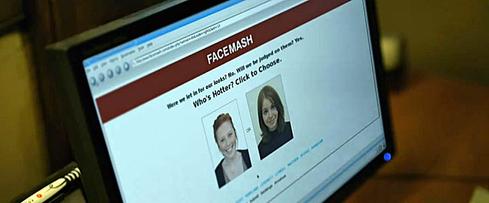
Without Facemash there may be no Facebook.
In October 2003, Zuckerberg and three of his classmates -- Andrew McCollum, Chris Hughes, and Dustin Moskovitz -- launched a website that let visitors compare two student pictures and determine which one was better looking than the other. To populate the website, Zuckerberg hacked the "facebooks" that Harvard maintained to help students identify each other, according to Harvard's student newspaper, The Crimson.
A few days after launching Facemash, Harvard executives shut it down and Zuckerberg faced charges of violating copyrights, breach of security, and violating individual privacy -- issues he would become all too familiar with in years to come.
Shortly thereafter, Zuckerberg began writing code for what would later become known as "thefacebook."
2. Thefacebook launches
Figure 2: 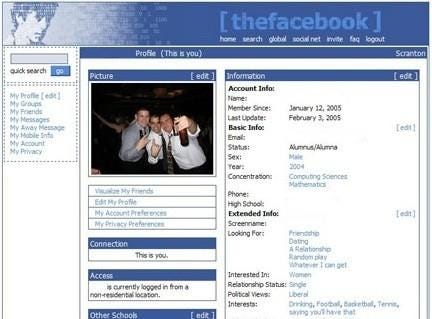
On Feb. 4, 2004, thefacebook.com launched. Within 24 hours, the website grew to between 1,200 and 1,500 users, according to Moskovitz. In the first month, more than half of Harvard's undergraduates signed up. Soon after, Zuckerberg and team opened registration to fellow Ivy League schools and Boston-area colleges and universities.
3. Facebook adds photos
Figure 3: 
Can you imagine Facebook without selfies, babies, or photos of food? In October 2005, the social network gave its users -- then, just college students -- unlimited storage to upload images.
Today, photos remain one of Facebook's most popular features. In September 2013, the social network announced that users have uploaded more than 250 billion photos. More than 350 million are uploaded every day.
4. Facebook lets anyone join
Figure 4:
Facebook continued expanding as its network grew to thousands of colleges, universities, and high schools worldwide. Then on September 26, 2006, the social network opened its doors to everyone, even parents and grandparents, a move that would horrify teens and young adults -- and set the tone for a period of unprecedented growth. Facebook closed 2006 with 12 million users, up from 5.5 million the year before.
5. Facebook rejects Yahoo offer
Figure 5: 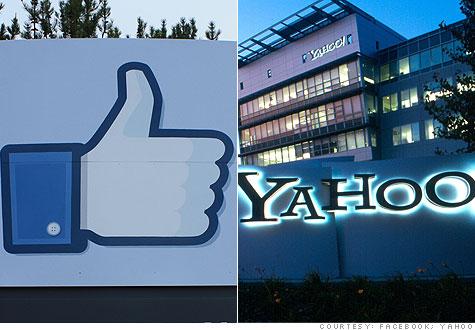
In September 2006, after dismissing a number of suitors, Facebook entertained Yahoo's $1 billion offer for purchase. Peter Thiel, Facebook's first investor and board member, recalled the meeting 22-year-old Zuckerberg held to discuss the offer:
"Both [Facebook board member Jim Bryer] and myself on balance thought we probably should take the money. But Zuckerberg started the meeting like, 'This is kind of a formality, just a quick board meeting, it shouldn't take more than 10 minutes. We're obviously not going to sell here.' "
Thiel said money never motivated Zuckerberg. He recalled him saying: "I don't know what I could do with the money. I'd just start another social networking site. I kind of like the one I already have."
6. News Feed launches
Figure 6: 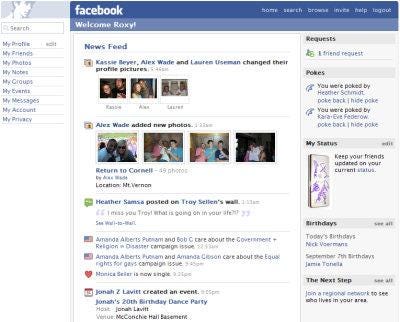
During Facebook's first 2.5 years, the social network was merely a customizable profile page. On Sept. 6, 2006, that all changed when Facebook launched its first iteration of the News Feed.
"News Feed highlights what's happening in your social circles on Facebook," Facebook's blog post explained. "It updates a personalized list of news stories throughout the day, so you'll know when Mark adds Britney Spears to his Favorites or when your crush is single again. Now, whenever you log in, you'll get the latest headlines generated by the activity of your friends and social groups."
Facebook also launched Mini-Feed, which detailed a user's actions on the social network, such as adding photos, friends, and notes. While users could remove individual posts on their Mini-Feeds, users complained about the additions because they said it made it too easy to Facebook-stalk.
7. Developers get Facebook Platform
Figure 7: 
On May 24, 2007, Facebook announced its Facebook Platform, where third-party developers could create their own applications, services, and games that access data in Facebook. It also introduced Facebook Markup Language, which was used to customize applications.
A number of its most popular applications have been launched using the Platform, including Events, Video, and the once-popular Farmville. In the first nine months of 2012, Farmville's parent company, Zynga, drove 13% of Facebook's revenue.
8. Facebook turns a profit
Figure 8: 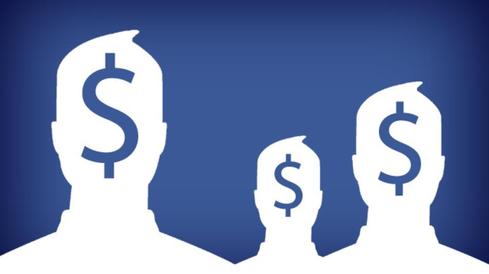
Five years after the company launched, Facebook announced it was cash-flow positive for the first time. SEC documents later revealed that the company brought in $777 million in revenue in 2009, nearly triple that of 2008 and significantly higher than what industry analysts had predicted.
Last week, Facebook reported fourth-quarter sales of $2.6 billion, up 63% from the same time last year.
9. Facebook goes public
Figure 9:
Facebook held its initial public offering on May 18, 2012 -- one of the biggest in technology, with a peak market capitalization of more than $104 billion. Despite a disappointing first day of trading in which shares were valued only 23 cents above the IPO price, the IPO raised $16 billion, making it the third-largest in US history.
10. Facebook hits 1 billion users
Figure 10: 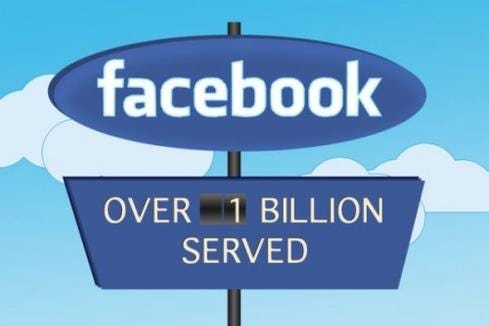
On October 4, 2012, Zuckerberg announced that the company had reached 1 billion active monthly users -- indicating that approximately 1 in 7 people on Earth is on Facebook.
"This morning, there are more than one billion people using Facebook actively each month. If you're reading this: thank you for giving me and my little team the honor of serving you," he wrote. "Helping a billion people connect is amazing, humbling and by far the thing I am most proud of in my life."
Too many companies treat digital and mobile strategies as pet projects. Here are four ideas to shake up your company. Also in the Disruption issue of InformationWeek: Six enduring truths about selecting enterprise software (free registration required).
About the Author
You May Also Like






